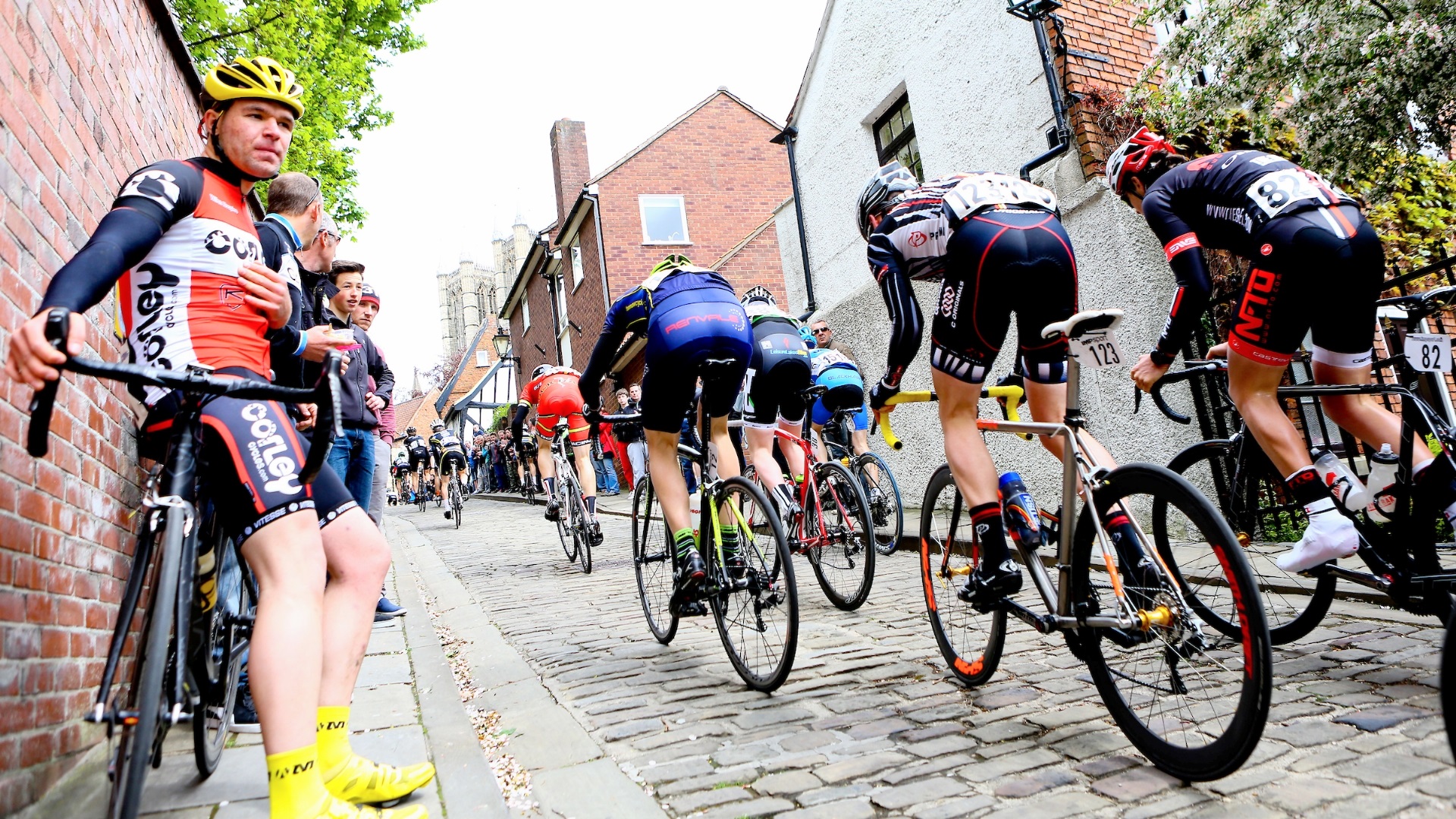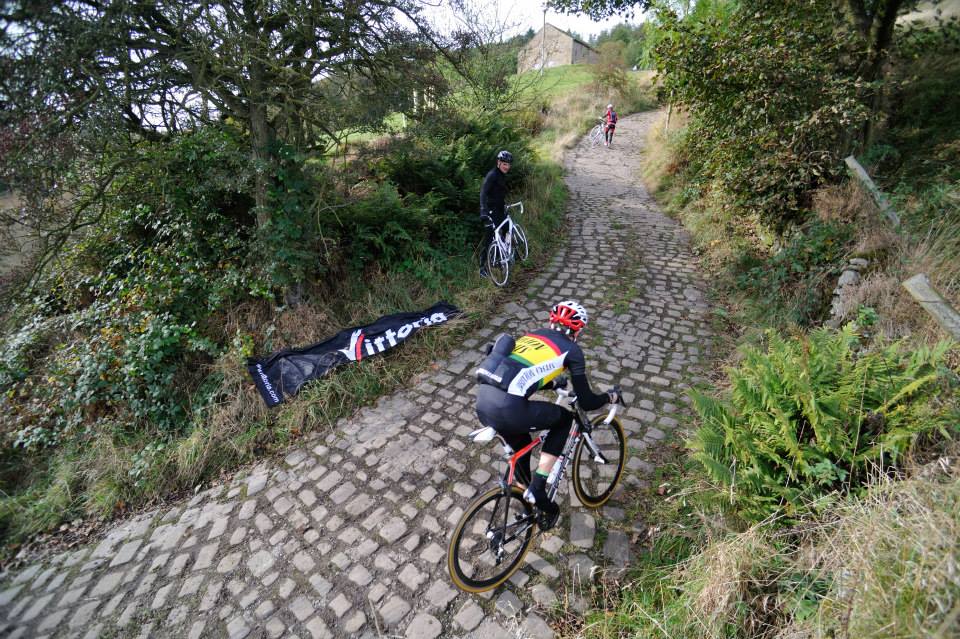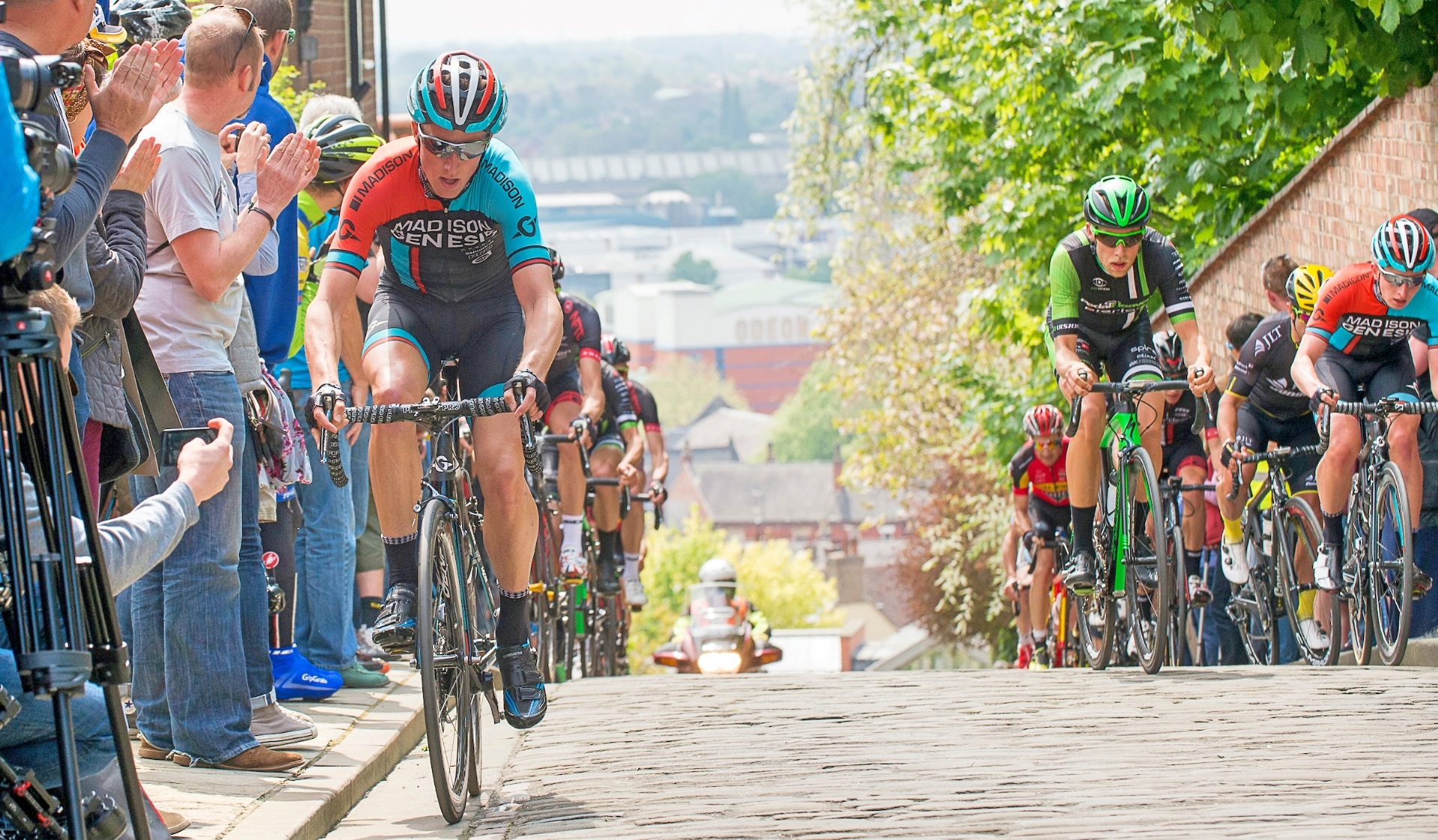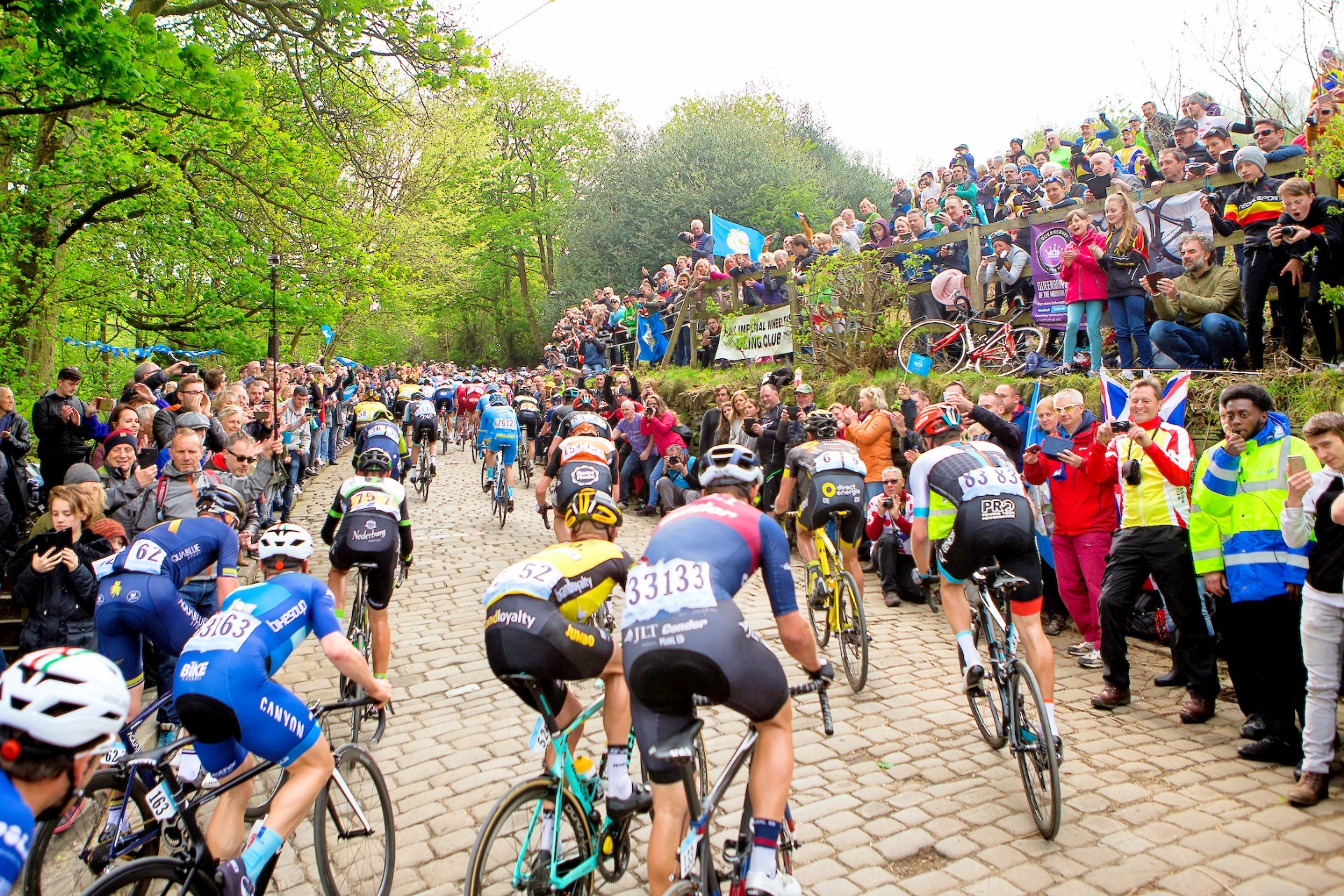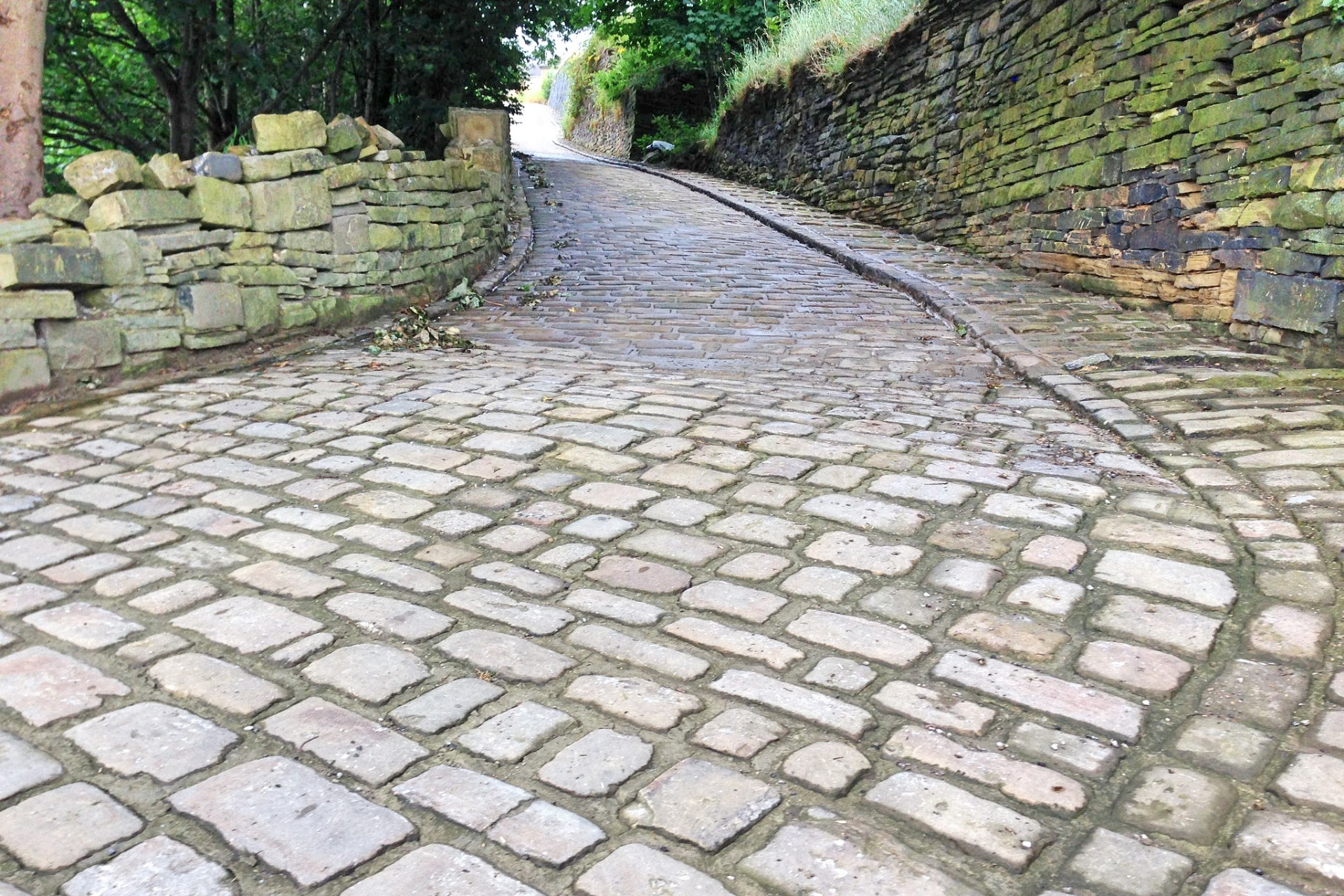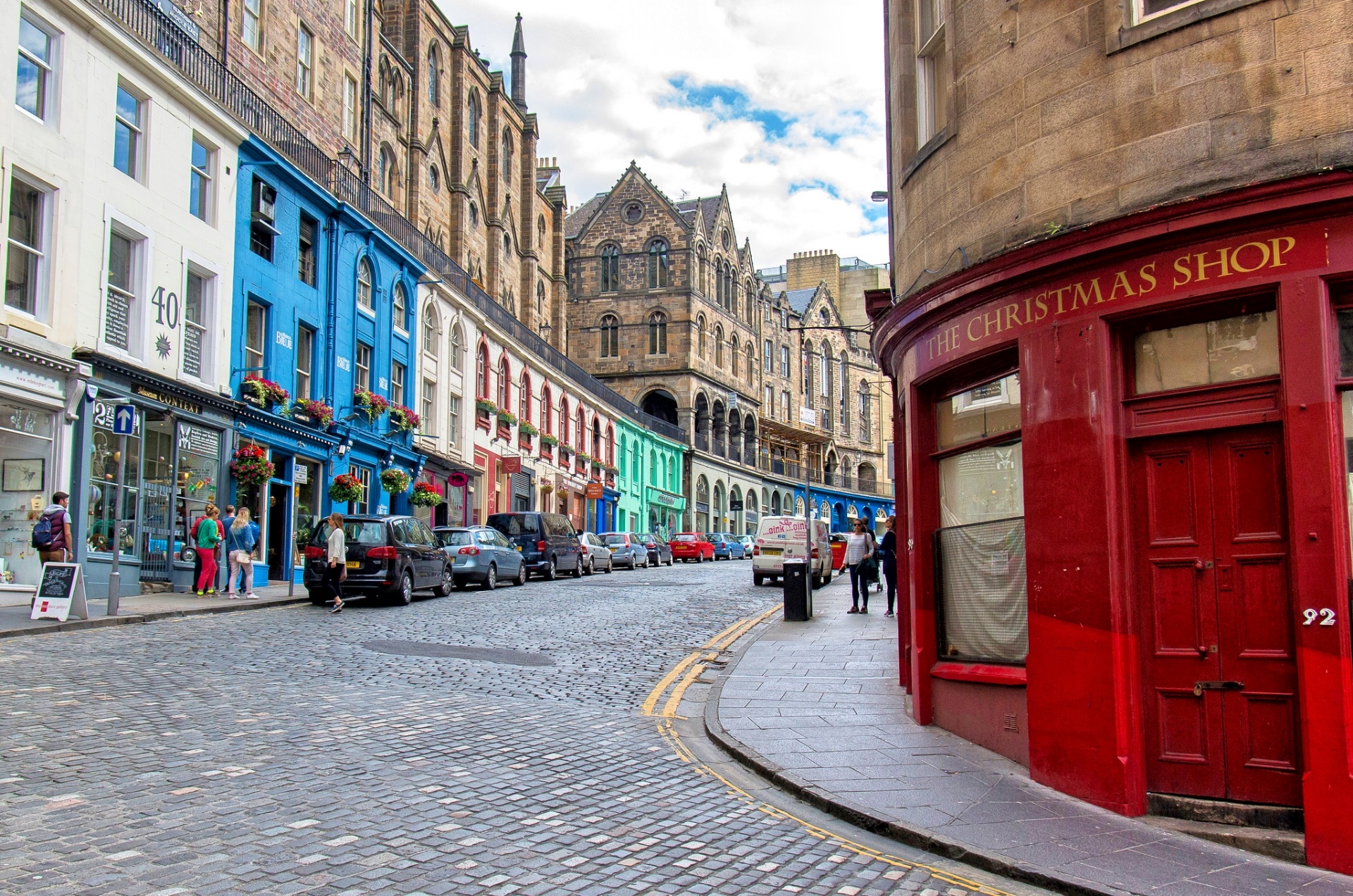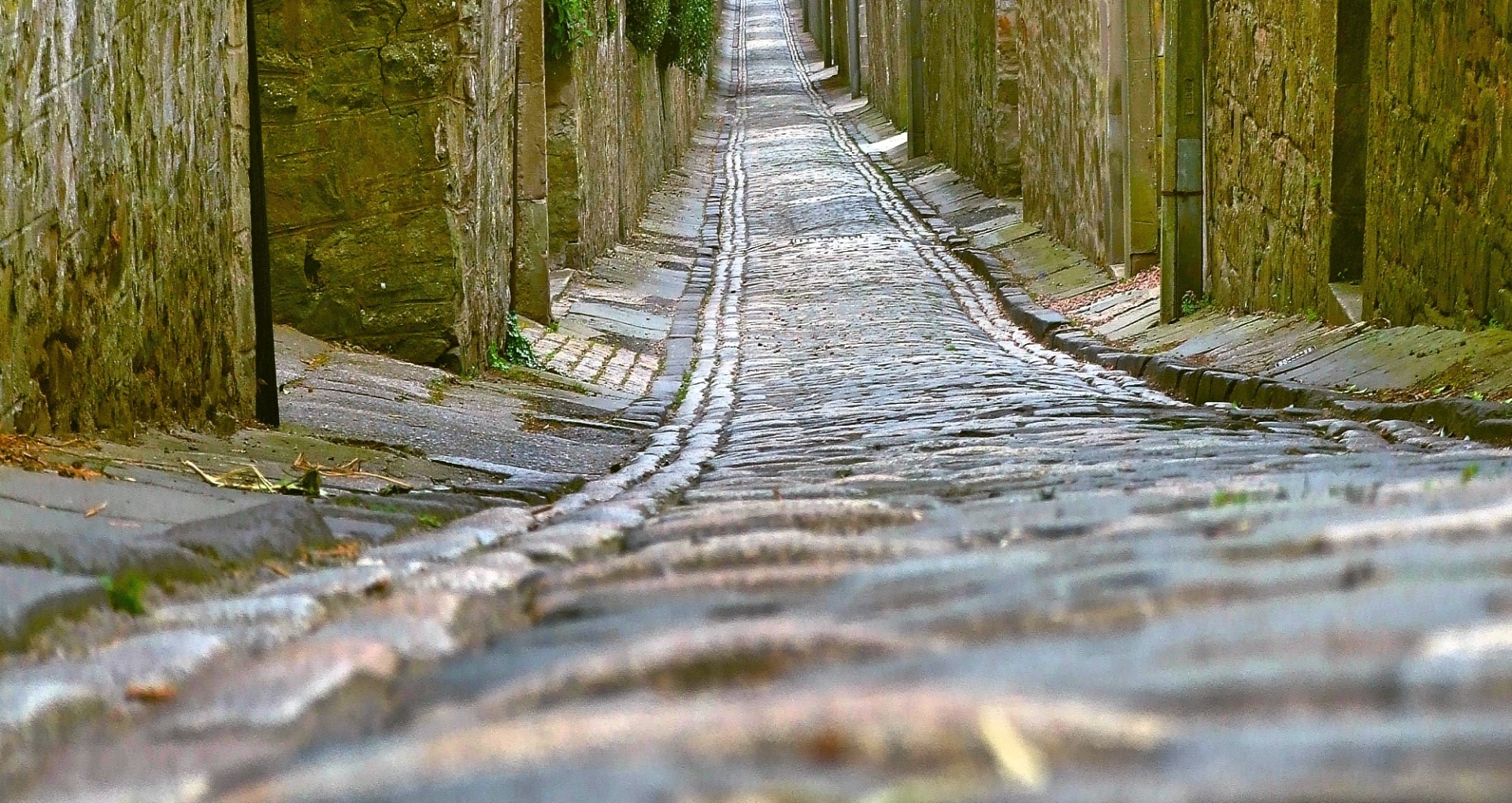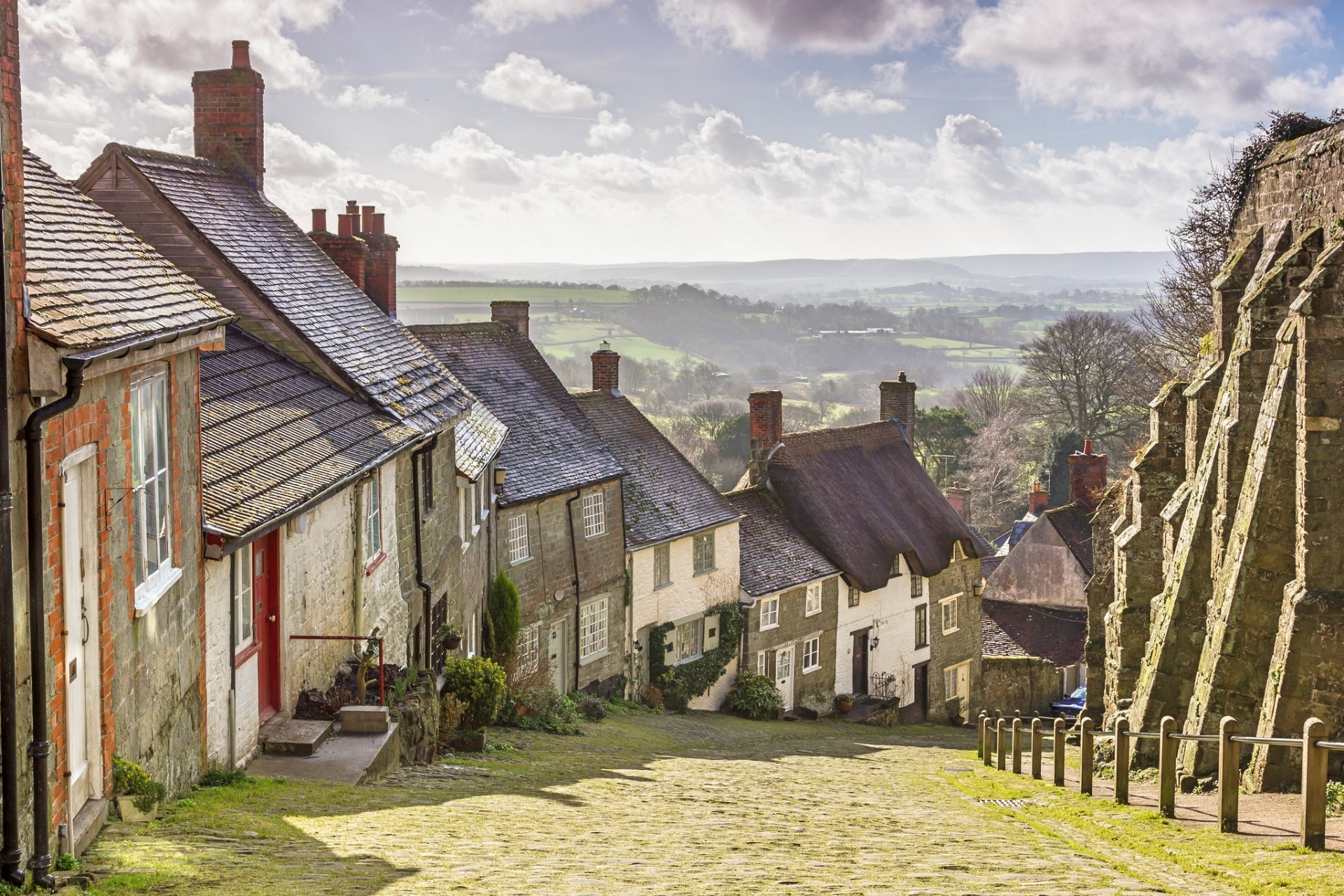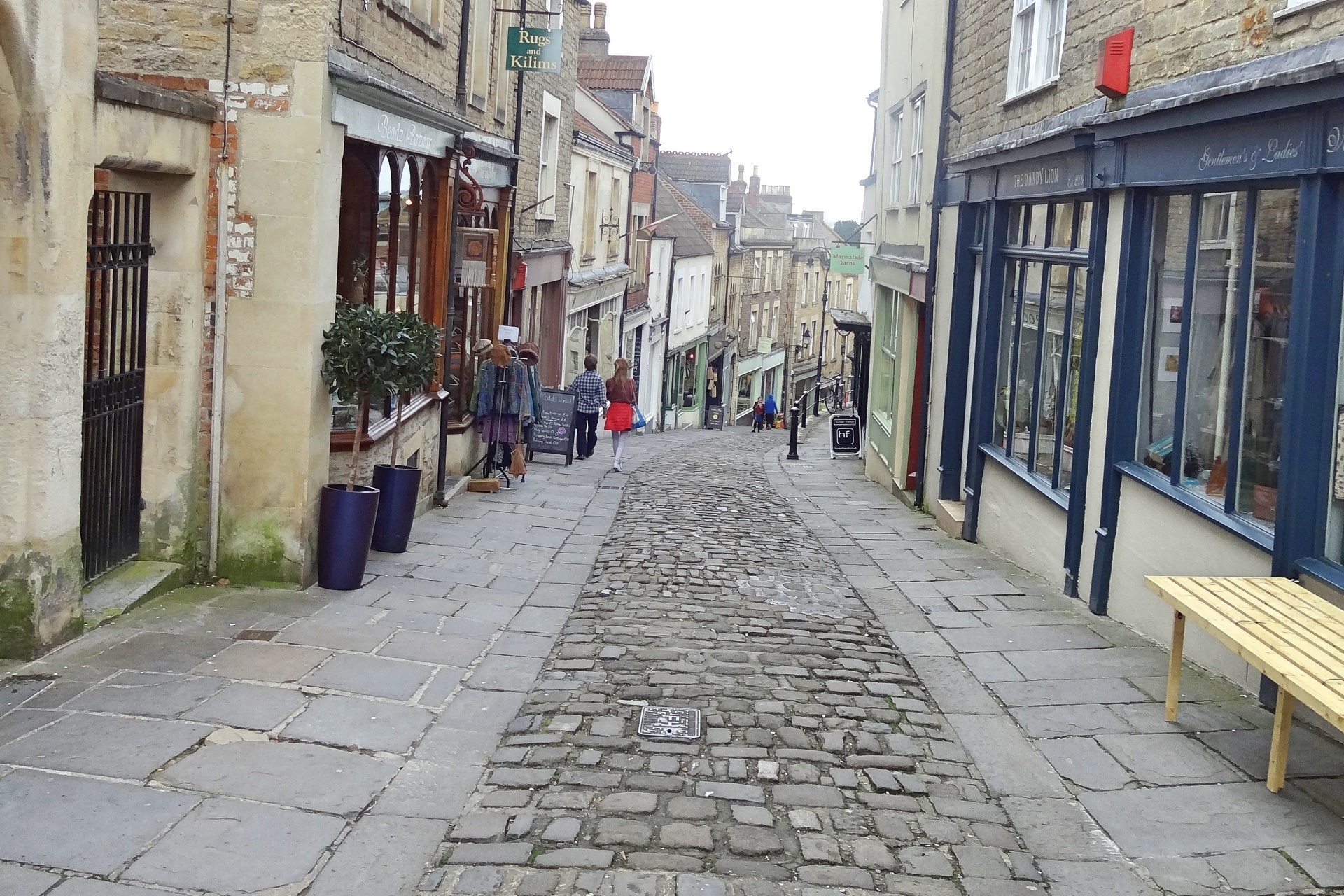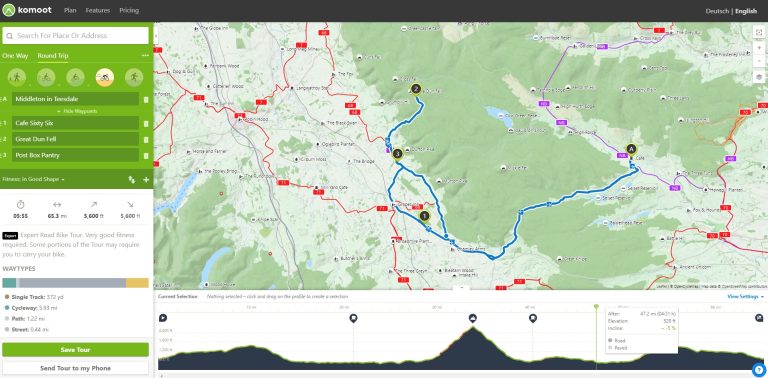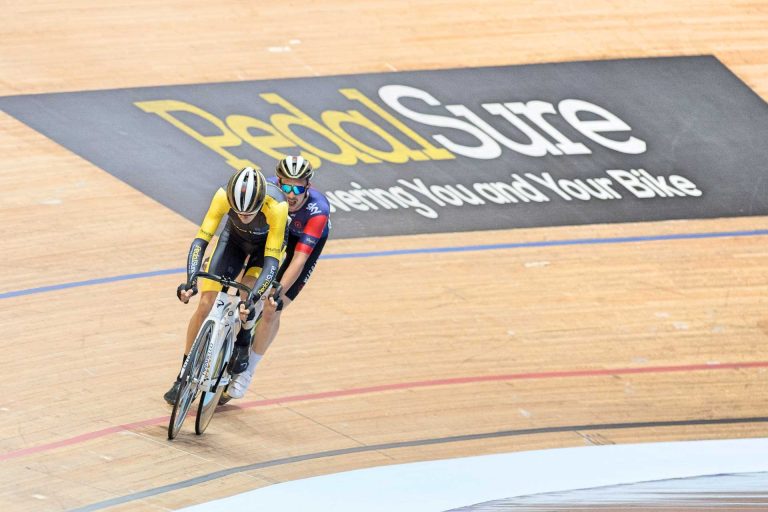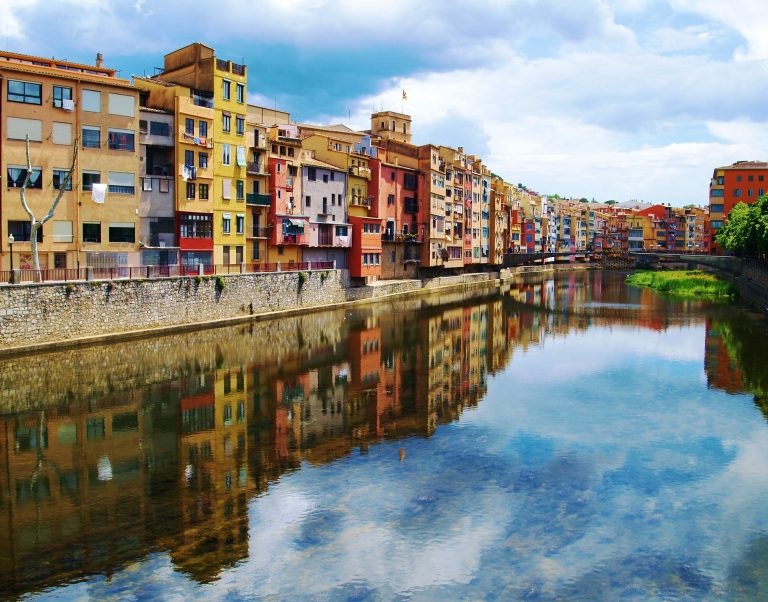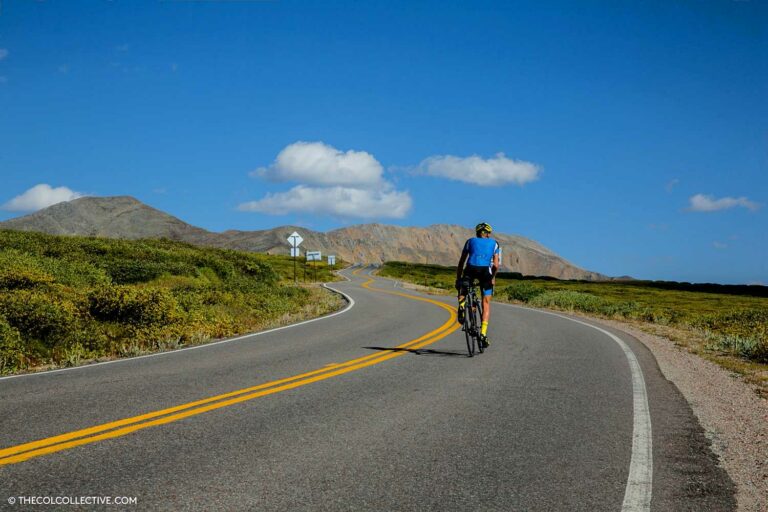The iconic cobbled climbs of the Tour of Flanders take centre stage on Sunday (April 1) for the 102nd edition of the Ronde, the second Monument of the year.
With the Muur back on the agenda, and the Koppenberg, Paterberg and Oude Kwaremont all set to play a key role in the race, Flanders’ cobbled bergs are as intrinsically linked to cycling as the biggest Alpine passes.
But if you want your own taste of the cobbled action, you don’t have to head to Flanders, with plenty of thigh-numbing cobbled ascents to test your mettle on UK shores.
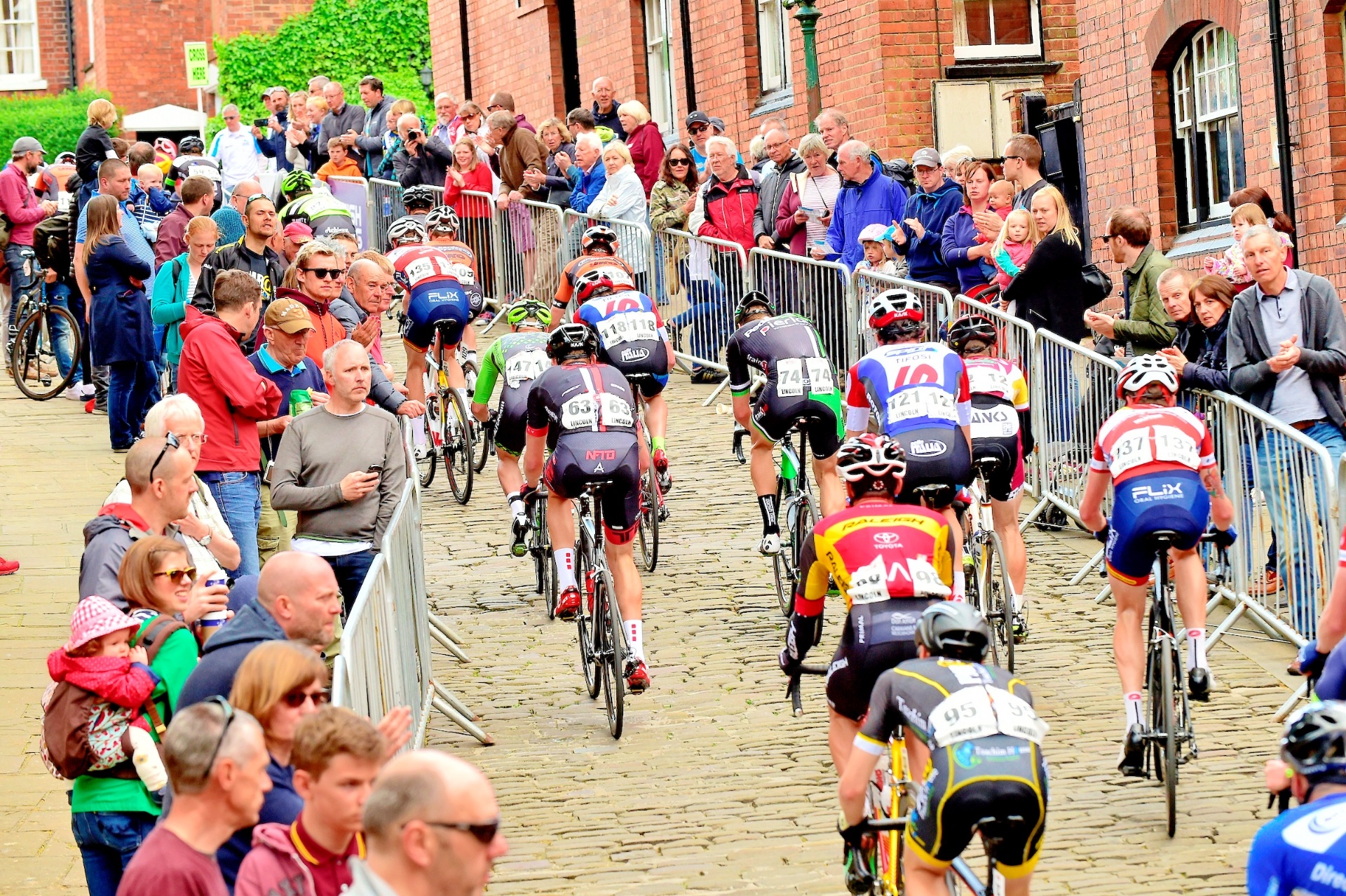
Flanders-inspired sportives such as the Cheshire Classic and Ronde van Calderdale have thrown the spotlight on the UK’s best cobbled climbs.
– The climbs of theTour of Flanders –
And, while generally speaking cobblestoned hills are becoming a thing of the past as local governments pull up the uneven surfaces in favour of tarmac, there are still some plenty worth tackling.
We’ve picked out 15 of the best…

